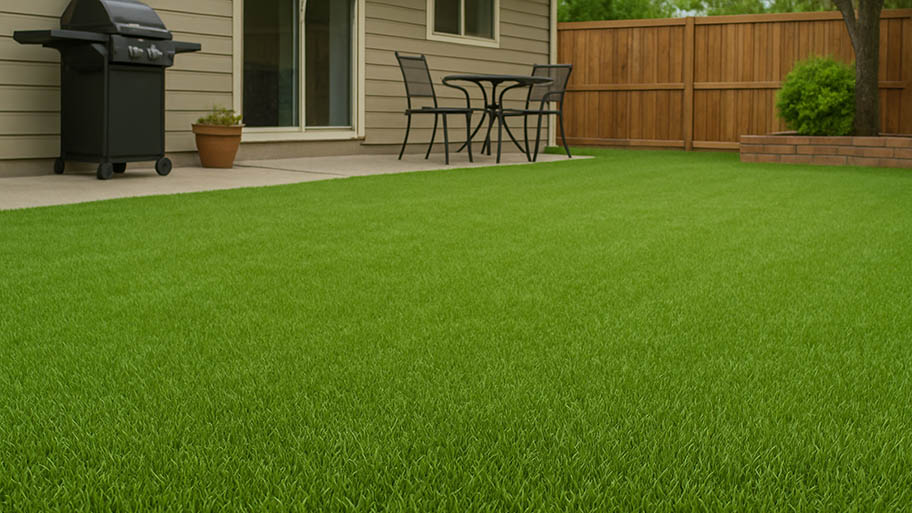
Your total lawn care cost depends on several factors, including the type of service and lawn size. Our guide will cover what you can expect to pay for lawn care.
Is straw best for your lawn? Pick up what we’re putting down


Putting straw over grass seed is an effective step of the lawn seeding or reseeding process.
Benefits of straw for grass growth include affordability, moisture retention, and nutrients for new grass seed.
Drawbacks of straw for grass growth include potential contamination and growth inhibition.
There are several straw alternatives, including compost and peat moss.
Growing a green, luscious lawn from scratch is no small feat. That said, you may be searching for the best mulch material to protect your grass seeds until it germinates. Straw is one popular option. But is it the right choice for your lawn? This guide will help you decide if you should put down straw when planting grass.
Some homeowners may find that covering their freshly planted grass with straw yields the best results, while others may run into issues. On one hand, straw is budget-friendly and can help new seeds retain moisture. However, straw can also contaminate your lawn and prevent germination. When deciding whether or not to put down straw, you’ll need to carefully consider your lawn’s unique needs and ensure that your straw is free of weeds and seeds. If used, straw also needs to be applied properly.
Weighing the pros and cons of using straw can help you make the best choice for your grass. You can also consult with a lawn seeding pro in your area for guidance.
Affordability
Moisture retention
Easy application
Nutrients for your soil
May deter some pests from eating newly planted seeds
Prevents erosion
May contain harmful weed seeds
Too thick of a layer can prevent growth
Store-bought straw may contain pesticides or herbicides
Can attract insects and rodents as a source of food and shelter
May blow away due to strong winds
Straw isn’t the only mulch material that can protect your newly seeded lawn in its pre-germination stages. There are several alternatives to choose from that may be better for your lawn. For each alternative, consider if it fits your budget based on the size of your lawn and its specific needs.
Common straw alternatives include:
Peat moss
Compost
Leaf mulch
Sawdust
From average costs to expert advice, get all the answers you need to get your job done.

Your total lawn care cost depends on several factors, including the type of service and lawn size. Our guide will cover what you can expect to pay for lawn care.

Artificial grass is a low-maintenance alternative to traditional turf. Learn how much artificial grass installation costs and what affects your price.

The cost to reseed a lawn can vary depending on the size of your yard and the condition of the soil. We’ll help you figure out the true cost of reseeding or overseeding your lawn, along with whether or not you should hire a professional.

Don’t grab the shovel just yet. A lush lawn is within reach if you first learn how to grow grass in sandy soil. (Hint: Only certain types thrive in sand and silt!)

Learn how to remove yard waste properly and efficiently with these methods.

How does your garden grow? With these nine tips for raised beds, they’re sure to be elevated—both in height and quality.